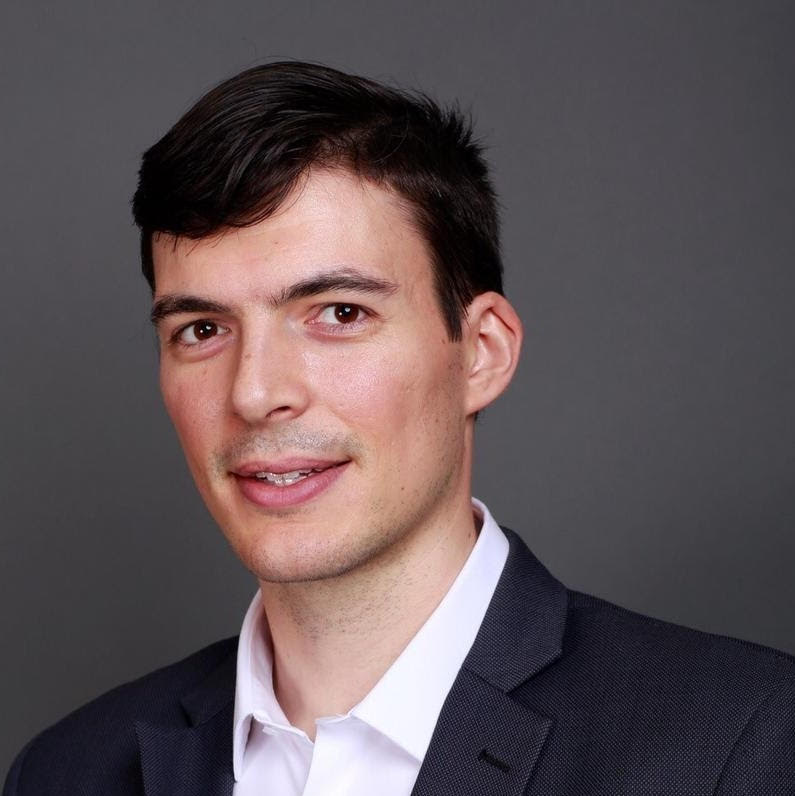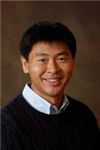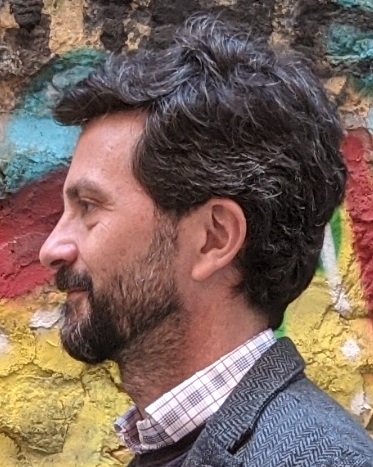Archive for April 2024
Towards Scientific AI for the simulation and optimization of complex systems
DATE/TIME: MON, 04/15/2024 – 3:00PM TO 4:00PM LOCATION: 3106 ETCHEVERRY HALL SPEAKER: Raphael Pestourie, Professor, Georgia Tech, School of Computational Science and Engineering Abstract: Complex systems are hard to simulate and even more difficult to optimize. In this talk, I will showcase how surrogate models accelerate the evaluation of properties of solutions to partial differential…
Read MoreEmission Tomography: From Grayscale to Colorful Images One More Time
DATE/TIME: MON, 04/08/2024 – 3:00PM TO 4:00PM LOCATION: 3106 ETCHEVERRY HALL SPEAKER: Ling-Jian Meng, Ph.D Professor Department of Nuclear, Plasma, and Radiological Engineering, Department of Bioengineering, and Beckman Institute of Advanced Science and Technology, The University of Illinois at Urbana-Champaign ljmeng@illinois.edu Abstract: Nuclear Medicine is a critical element of modern medicine and healthcare practice, in…
Read MoreHigh-field HTS stellarators with liquid metal walls
SPEAKER: Francesco Volpe Founder, CEO, CTO Renaissance Fusion DATE/TIME: MON, 04/01/2024 – 3:00PM TO 4:00PM LOCATION: 3106 ETCHEVERRY HALL Abstract: French- and Swiss-based startup Renaissance Fusion strives to build a commercial nuclear fusion reactor by reinventing and synergistically combining three main technologies. The first one is the stellarator: more stable and steady state than a…
Read More

